see all jobs
MVRDV's Seoul Skygarden of 24,000 plants and trees opens above South Korean capital
The mayor of Seoul, Won-soon Park, has officially opened a 983 metre long botanical “floating walkway” along a transformed city highway.
designed by Dutch architects MVRDV, the Skygarden, known as Seoullo 7017, is a linear park featuring 24,000 plants, trees, shrubs and flowers from 200 local species – creating “a walkable plant library” for residents and visitors to the city.
“Skygarden offers a living dictionary of plants which are part of the natural heritage of South Korea,” said MVRDV founder Winy Maas.
“They are planted in containers of different size and height and organised in groups of families. The families are ordered according to the Korean alphabet. This leads to surprising spatial compositions”.
Inspired in part by New York’s High Line, the project was conceived to make the city, and especially the central station district, greener, friendlier and more attractive, whilst connecting all patches of green in the wider area.
The architects, the municipality, local NGO’s, landscape teams and city advisers all collaborated on the project. New bridges and stairs connect the overpass with hotels, shops and gardens – integrating the scheme with the communities it passes over.
The Skygarden is separated into several zones, including a collection of small gardens with their own compositions, perfumes, colours and seasonal themes.
At night, the park is illuminated in blue lights, and during festivals and celebrations, different colours can be used to create a celebratory atmosphere.
MVRDV worked together with co-architects, DMP, and a dedicated team of experts including Saman Engineering for structural consultation, Rogier van der Heide and Nanam ALD for lighting, and Ben Kuipers and KECC on the landscape design and plant varieties.
The name ‘Seoullo’ translates as ‘towards Seoul’, while 7017 marks the overpass’ construction year of 1970, and its new function as a public walkway in 2017. There are also 17 connected paths on the route, and the overpass is 17 metres high.
An exclusive interview with Winy Maas about the project will feature in the next issue of CLADmag.
What inspired the idea to create this park in the sky?
In 2014, the idea started to be discussed because of concerns about safety of the citizens. The Seoul Station Overpass – which was built in 1970, crossing east and west of the Seoul Station to relieve traffic congestion – was no longer able to serve as a driveway despite continuous maintenance. Initially, the city government had considered demolishing it, but we finally came up with the idea to reuse it as a pedestrian-friendly road. This decision resolved its safety problems.
Seoul is a city where tradition and modernity harmoniously co-exist. What is necessary for Seoul is urban regeneration that restores historic relics and connects cultural heritage, rather than the construction and development like in the past. Based on these values, we intended to revitalise the surrounding area through the walkway, while preserving the historical features of the Seoul Station Overpass at the same time.
Do you think there is a lot of potential for cities wanting to reuse their existing infrastructure in this way?
Yes, of course, there are many opportunities for other cities that want to reuse their existing infrastructure instead of getting rid of it. Reusing them will make cities realise that 21st century sustainable growth strategies create future value through a paradigm shift that complements and integrates the preservation and change in the city.
What has been the response of the people of Seoul?
The Seoullo 7017 is a symbol of transforming Seoul from a development-centred city into a renewed, sustainable city. But it's the a starting point of this transformation, not the end of it. We expect that citizens and visitors are now able to walk around downtown Seoul within 20 minutes using the Seoullo 7017. With Seoul’s aim to become a walkable city, this garden will improve citizens' quality of life and revive the local economy.
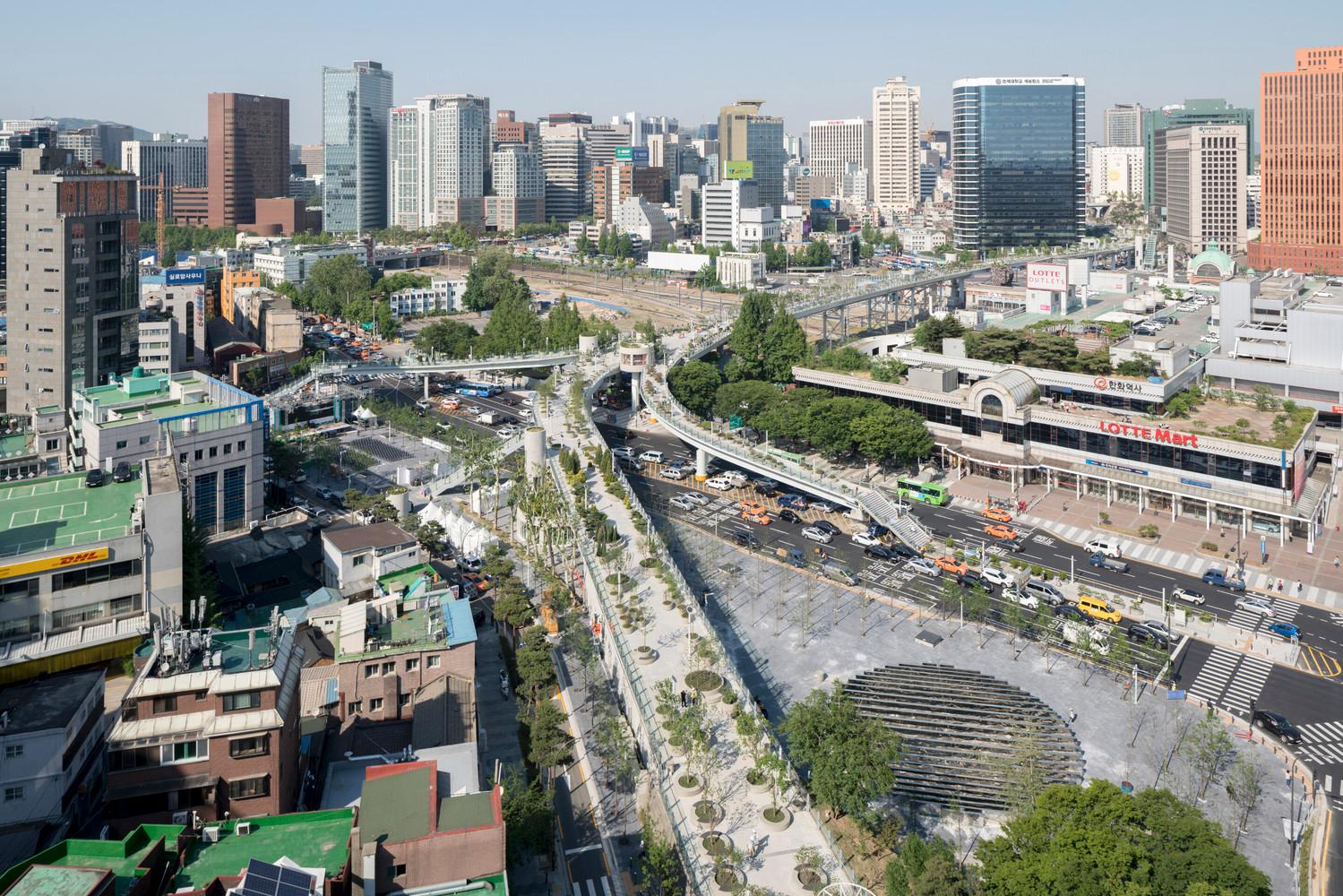
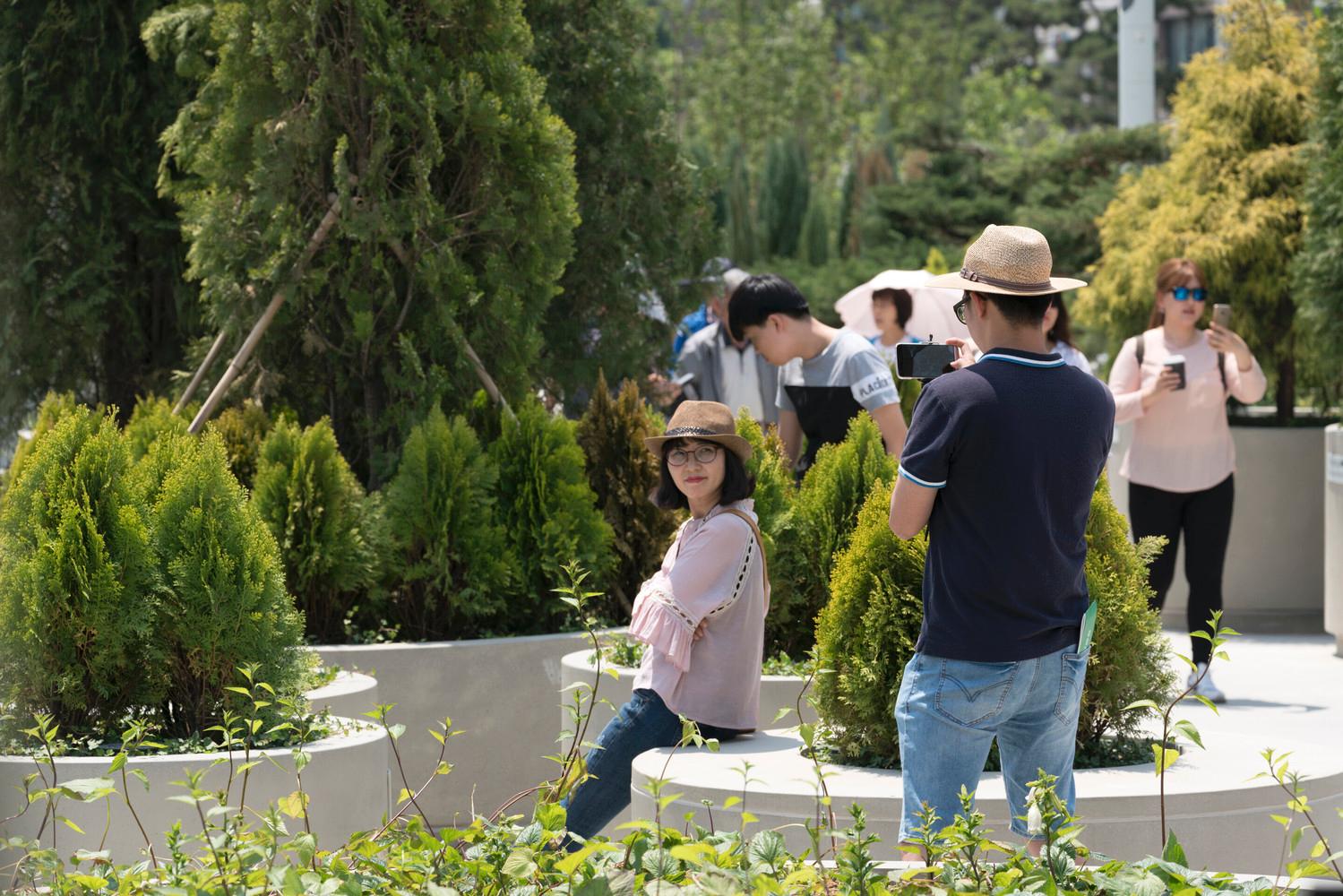
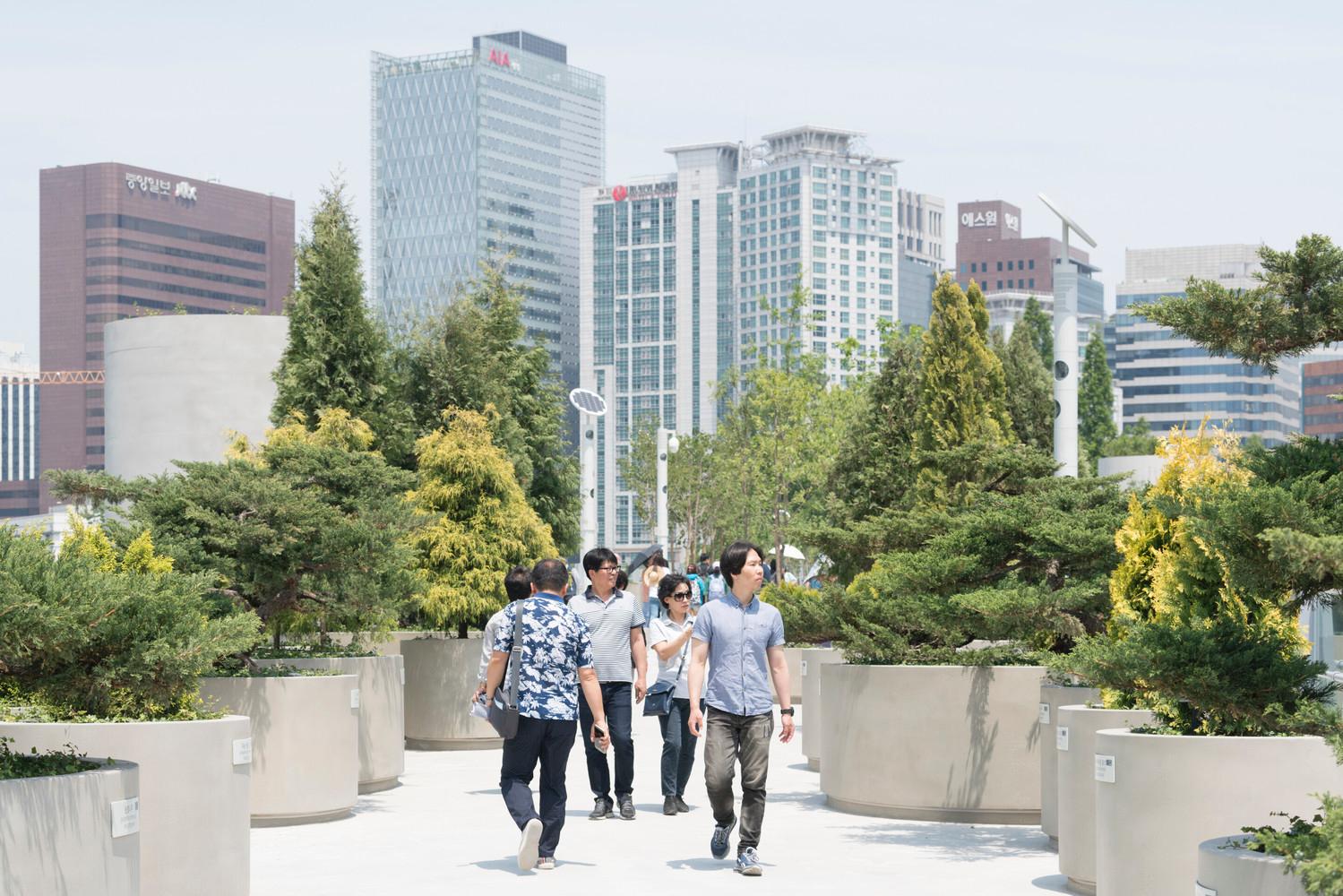
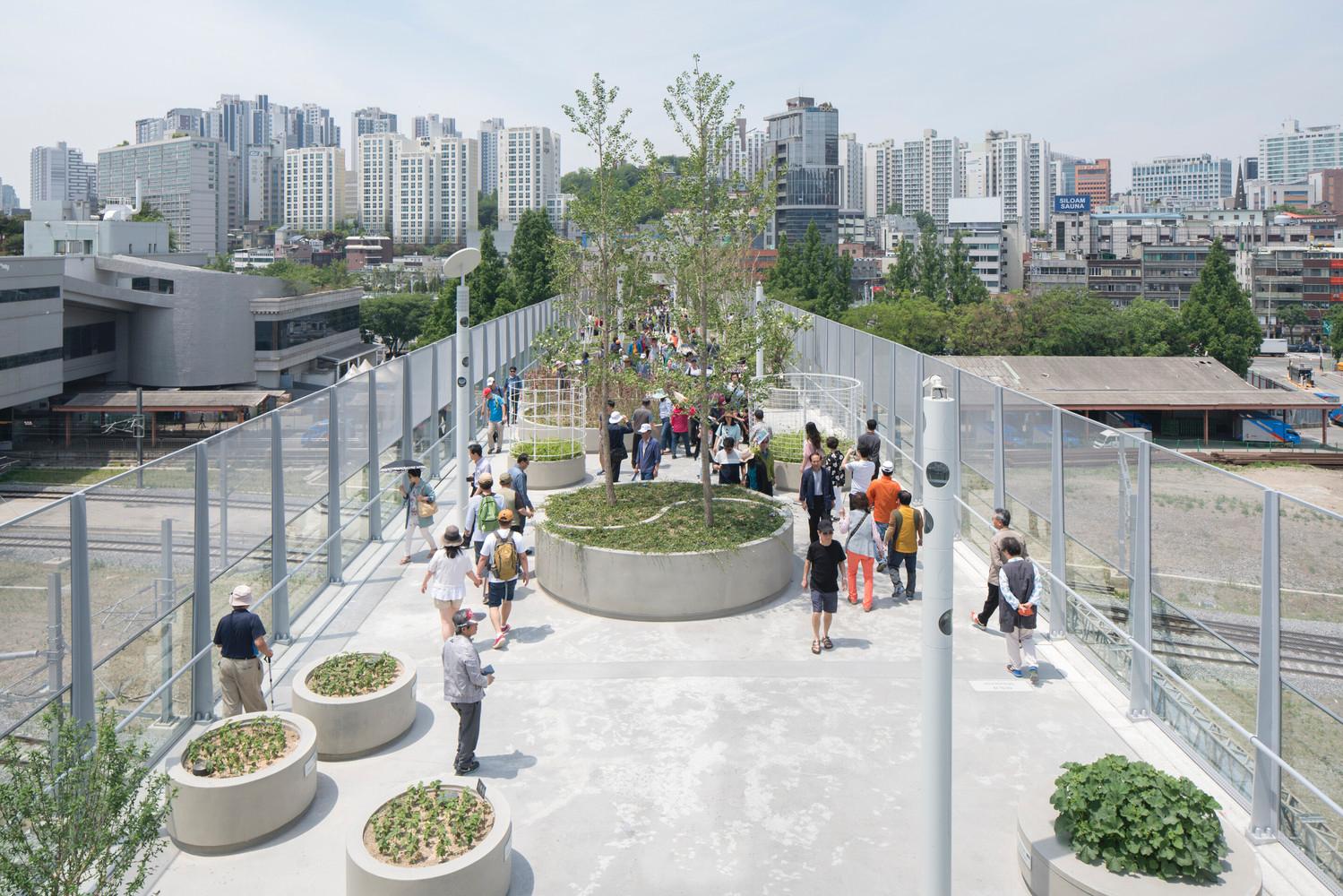
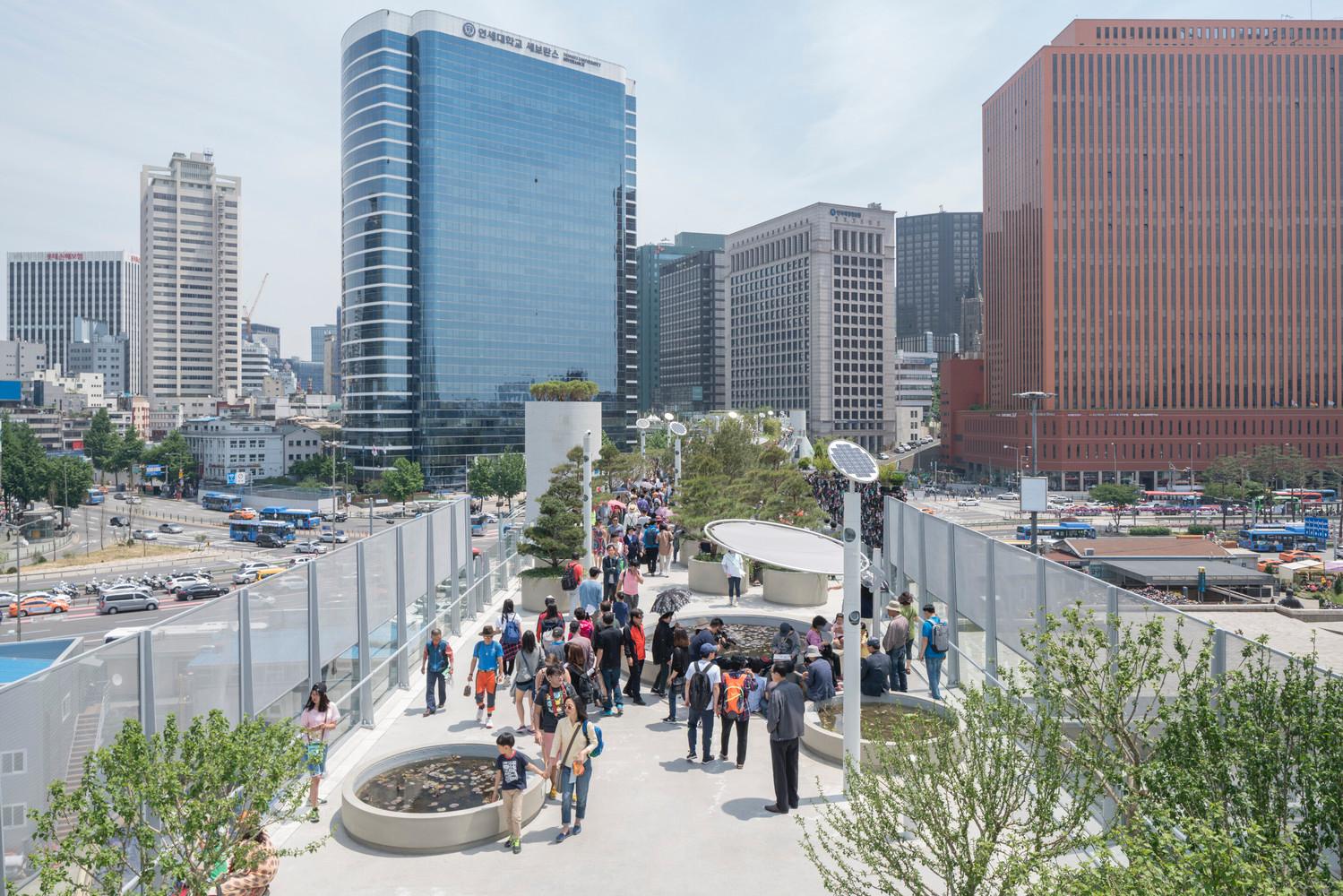
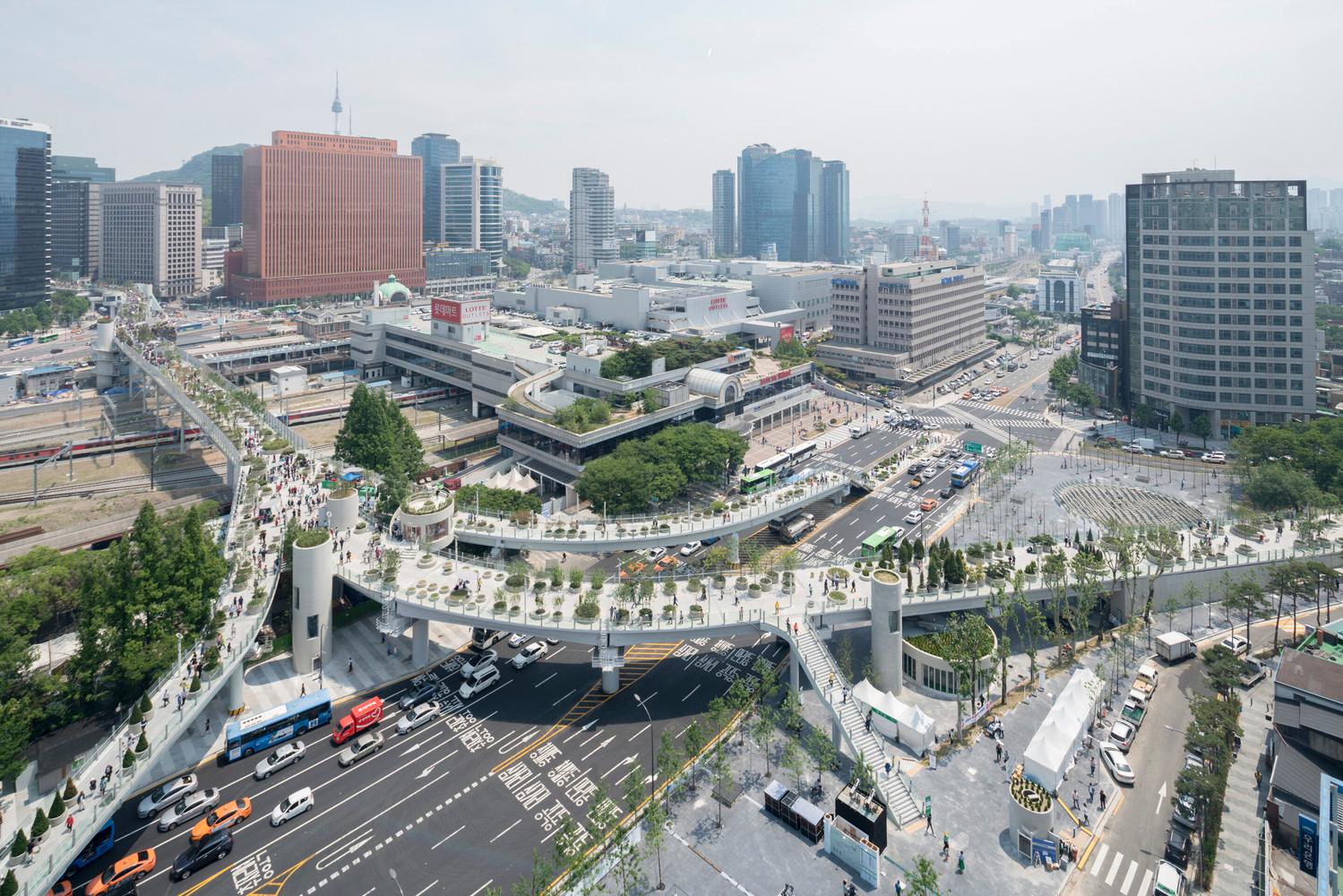
More News
- News by sector (all)
- All news
- Fitness
- Personal trainer
- Sport
- Spa
- Swimming
- Hospitality
- Entertainment & Gaming
- Commercial Leisure
- Property
- Architecture
- Design
- Tourism
- Travel
- Attractions
- Theme & Water Parks
- Arts & Culture
- Heritage & Museums
- Parks & Countryside
- Sales & Marketing
- Public Sector
- Training
- People
- Executive
- Apprenticeships
- Suppliers
















































